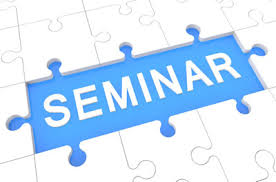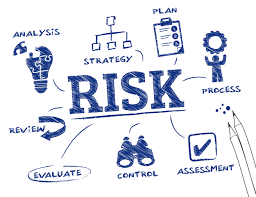All Safety Officers must attend a Health & Safety Seminar every two years.
Please click here for list of Safety Officers 2024
Regional Seminars for 2024 TBC 
Connaught –
Munster -
Ulster -
Leinster -
Health and Safety at work has, in recent times, risen to the top of the agenda for most Irish Companies. With the introduction of the Safety, Health and Welfare at work Act of 2005, there is a greater burden of responsibility on Employers than ever before.
Among the new duties imposed on employers are the duty to manage their work activities or undertakings in such a way as to ensure that they do not pose a threat or the health, safety or welfare of their employees. They must also design, provide, and maintain a safe place of work for their employees.
This new Act also places added responsibilities on Event and Show organisers. When we run shows we have duties to our helpers, Judges, Course Designers, Stewards, and the public who attend our shows.
 It is extremely important that organisers of shows appoint Safety Officers and Safety Stewards and give these people sufficient training to allow them to carry out their duties in a safe way. This training might take the form of informing the Stewards of the Safety policy of the show, the safety rules and any other relevant information including contact names, disciplinary procedures etc.
It is extremely important that organisers of shows appoint Safety Officers and Safety Stewards and give these people sufficient training to allow them to carry out their duties in a safe way. This training might take the form of informing the Stewards of the Safety policy of the show, the safety rules and any other relevant information including contact names, disciplinary procedures etc.
With this in mind the SJI have prepared a check list to help show organisers. This is a general list and is aimed at helping show organisers to get started. It is not a finite list and each show organiser should look at their own show and the dangers that it presents to helpers etc.
This document is purely intended as a guide for Safety Officers. It may not be complete for your specific event, thus additional measures should be implemented where necessary.

- Check arenas, practice areas, walkways are where intended or are suitably placed.
- Confirm that they are roped/taped off securely, with no sharp edges or other potential hazards.
- Check walkways lead to the correct location
- Check perimeter fence is intact
- Check entry to arena/practice area are suitably located.
- Check location of Judge’s Box. Have the judges a clear view of the arena and if possible the practice area.
- Identify the site of the secretariat; convenient for the taking of entries.
- Check if steep banks, rough areas or other potential hazards are adequately fenced off and warning notices displayed.
- Check entire grounds are well signposted so that GP may find their way from A to B without passing through high risk areas.
- Check that all signs, notices including advertising boards are suitably displayed and robust, not to blow down in adverse weather conditions or crowd pressure.
- Confirm that steps, platforms or seatings are of robust construction and stable.
- Carry out a Risk assessment on the grounds.
- Check that First Aiders, ambulance and vets are in place.
- Check that emergency telephone numbers are at hand/displayed in the Secretary’s Office and Judge’s Box
- Continually monitor – parking areas, practice areas, tapes/ropes – are they standing up to use.
- Check the state of arenas & practice areas for holes etc
- Monitor operation of all outside contractors to ensure that safe working conditions are maintained.
- Continually liaise with Officials in charge of the various aspects of the organising of the event.
- Oversee the dismantling of trade stands, marquees etc
- Oversee the disconnecting of telephones, electricity, water etc
- Ensure that the perimeter fence, gateways etc are intact
- Ensure that the public road is free from debris and obstructions.
- Assess the general safety aspect of the event. Did all go according to plan? Were the SO able to cope?
- Consider the shortcomings and how these should be addressed for next time
- Record all hazards identified during the event
- Consider possible improvements.
- Consider – What if?
- In The Event of an Accident/Incident
- Complete SJI accident form
- Note down the circumstances leading up to the accident
- Note what action was taken – by the show organisers; by the First Aiders/Medical Officers i.e. attended on site, taken to ambulance – released and rode in next competition, transported to hospital – kept in overnight etc
- Note subsequent action regarding the organisation of event – fences moved, more restriction and monitoring of area
- Take photographs of area where accident occurred to show state of ground, fences etc if relevant.
- Take photographs of area where accident occurred to show state of ground, fences etc if relevant.
- Take statements of those involved and any witnesses.
- Write a report of the accident and have it agreed as correct and signed by those involved
- Send a report of the accident to the SJI Office as soon as possible.
Forms
For the Regional Health & Safety Representatives only - Inspection Report Forms